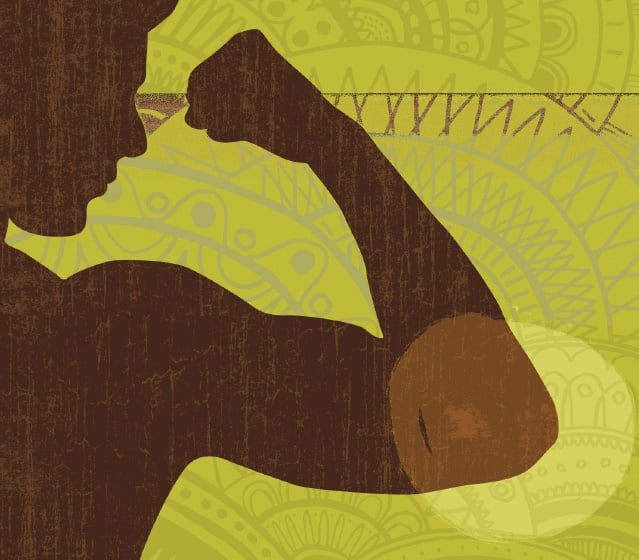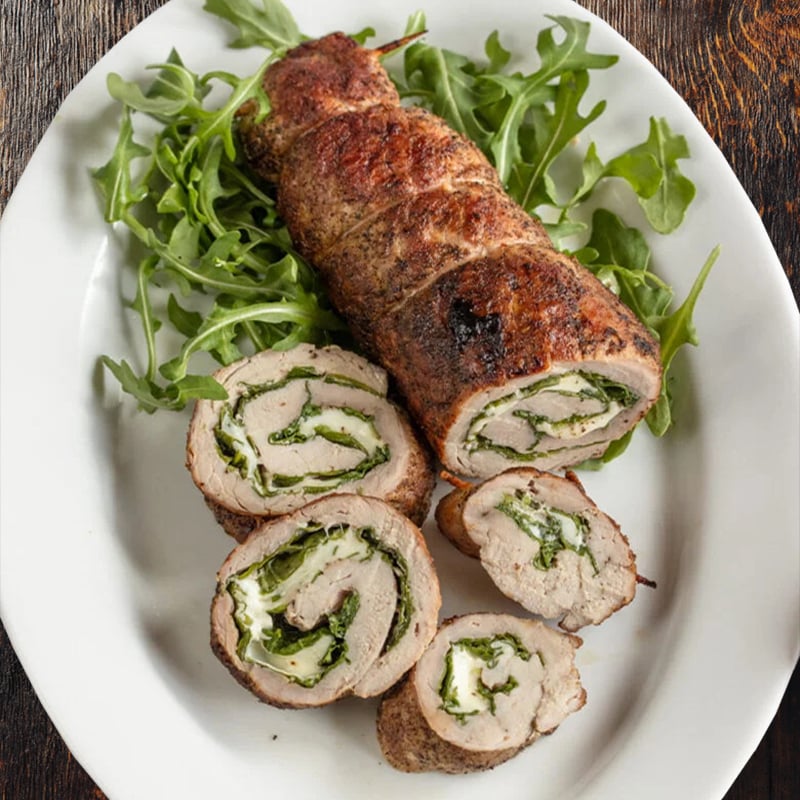Not Just for Jocks: The Sports Medicine Institute
Athletes have no monopoly on orthopedic injuries.

DON’T LET THE NAME FOOL YOU. The Saint Peter’s Sports Medicine Institute treats athletics stars, for sure. But it also treats a wide variety of others who have never won crowd applause with a game-winning touchdown or home run.
Take, for example, a Rutgers student we’ll call Joe. His victory comes simply in walking normally—after surgery a decade ago that corrected a congenital hip deformity. Three months ago, troubled by joint stiffness and recurrent aches, he began working with the institute’s director, physical therapist Jeff Erickson.
“He came to us with a severe limp, but now much of his motion has been restored, and he’s feeling far less pain,” says Erickson.
The 10,000-square-foot facility, located at 562 Easton Avenue, Somerset, accommodates about 200 patients. And yes, some are postoperative professional sports players who’ve undergone shoulder surgery, rotator cuff repairs or surgery to replace a torn knee ligament. But more than 50 percent of patients are ordinary people involved in ordinary activities—many of which become more frequent now that warm weather beckons us all outside.
There are dads who’ve strained their backs doing yard work, moms with repetitive-motion joint pain, teens who’ve pulled a muscle playing catch. “Occasionally we’ll get motor-vehicle accident victims,” says Erickson, “and many people come to us suffering from fibromyalgia [a syndrome that causes long-term joint and muscle soreness] or lower-back problems—which are still the leading cause of pain in America.”
Whatever brings you to the Sports Medicine Institute, Christopher Mendler, M.D., its sports medicine physician, can suggest a course of treatment. He may order an X-ray or MRI (magnetic resonance imaging study) to determine the severity of a break or sprain. Depending on the diagnosis, surgery by one of the facility’s three rotating orthopedic surgeons may be prescribed, or rehab with one of its nine physical therapists. Dr. Mendler’s orthopedic training lets him deal with injuries in a very focused way.
“Instead of just administering Advil and letting you limp around on a sprained knee for several weeks—after which your muscles could atrophy and your hip and back hurt—the institute provides appropriate specific care right away,” explains Erickson. “For example, treatment could involve immediate surgery and/or stretching exercises designed to prevent future problems.”
Every case starts with a 60-minute patient evaluation, followed by a customized 30-minute treatment session. “We don’t follow a cookie-cutter rehabilitation plan, and we provide a lot of one-on-one care,” says Erickson. Recovery times also vary depending on age and circumstance. A physically active teenager with pliable tissue might be back on the football field after just a few weeks, whereas a 50-year-old businessman who spends most days behind a desk might take longer to recuperate.
There’s just one universal rule at the Saint Peter’s Sports Medicine Institute: Every patient receives the attention you’d expect to be showered on professional athletes. Says Erickson: “We’ll take anyone with an orthopedic injury and do our best to swiftly find a way to help it heal.”
Related Article: Getting the Family Back into Shape


